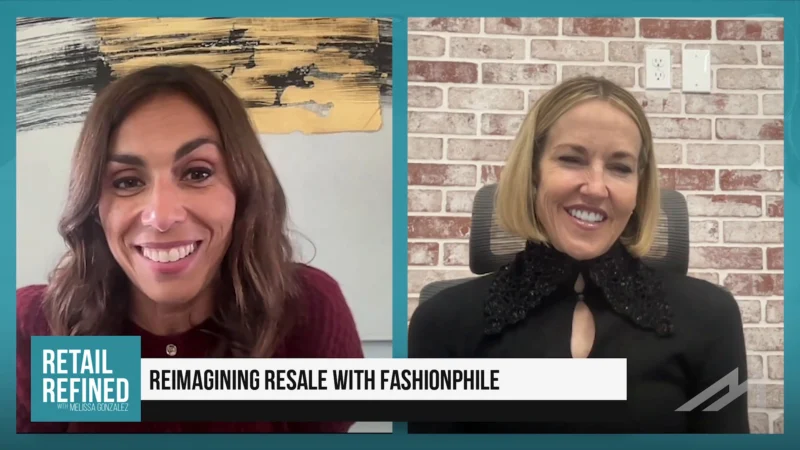Catching Up With George Stringer of Soraa at LFI 2018
One of the industry leaders to set up a booth at last week’s LightFair 2018 conference in Chicago, IL was Soraa. We stopped to speak with their Senior Vice-President of Sales and Marketing, George Stringer.
“The nice thing about LightFair this year is that we were selected as one of the top ten booths to see because of an award-winning product,” Stringer said. “People forget that we’re a technology company first. We’re a semiconductor company. We make violet based semiconductors in Freemont, California, because we believe that natural light should mirror what the sunlight does.”
For Soraa, there is an understanding that to meet their customers’ needs, the technology must be perfected before applications and products are even discussed. It is this dedication to the small details that has made them so popular with companies who crave the aesthetic provided by natural light.
“The people who care most about color quality would be museums, retail, high end, residential and hospitality. Those are the markets that we cater to,” Stringer said. “We’ve started focusing primarily on retail because that’s where light and color really matter.”
Stringer stopped to show us one of their cutting-edge designs, the Radiant GU10. It is a directional light that allows for proper lighting in spaces where display is essential.
“Museums are a critical vertical for us. If you think about what they’re trying to do in terms of color for the artwork and sculptures – if you’re going to have beautiful antiquities and art you want to light them with the best color quality of light,” he said. “I would say we’ve done close to 300 museums in North America alone,” Stringer noted.
Internationally, the company has a strong presence as well. Soraa’s products even light up the Palace of Versailles. Stringer believes much of this success is simply because they listen to what customers are asking for and find ways to make that a reality. When more lumens were required, they found a way to develop fixtures with more design freedom to incorporate heat sinks. And when it was discovered that violet light can be used to get rid of unwanted bacteria, the company began to develop innovative concepts using the technology they already had at their disposal.
“We found that we can increase the output of violet light to 405 nanometers and kill most of the bacteria in an eight-hour period,” Stringer said. “Violet has many purposes, it renders white, it gives better color, it gives a healthy light solution and it has medical applications for bacteria removal. We’re doing all of that for technology today, but also for products for the future.”









